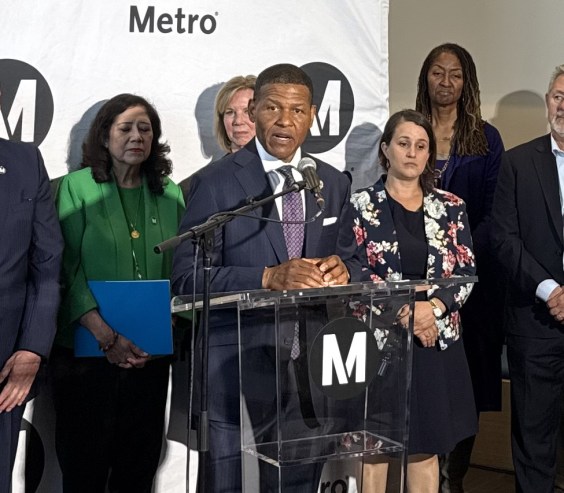
Bradley Calvert at Family Friendly Cities has done some impressive number-crunching to identify trends in where families with children are living. Using Walk Score and Census data, he analyzed the 50 largest metro areas in the U.S. to determine whether the population of children is growing or shrinking in walkable and unwalkable areas. (Some regions had to be excluded because they didn't have any places with a Walk Score over 70.)
Calvert found that the total number of kids under 18 living in walkable areas is shrinking, but the trend is not as pronounced among parents with young children:
Overall the growth of families, measured by number of residents under the age of 18, in walkable communities has been unimpressive. Walkable communities lost 11.99 percent of residents under 18 while non-walkable communities posted a gain of 2.78 percent. The difference signifies that families are not finding their way into our most walkable communities. While most of the nation’s largest cities have shown growth in residents under 18, particularly in more recent years, they are not choosing more walkable communities. Of the cities studied only Charlotte and Seattle posted growth in all residents under 18 in walkable communities.
The outlook for our youngest families, those with children under the age of 5, was slightly more optimistic. While of the 50 largest cities they still posted a loss of 2.98 percent, 13 cities posted growth. Still, non-walkable communities experienced a growth rate of 3.78 percent. Of the 13 that posted growth it was a smattering of Sun Belt boomtowns, Pacific Northwest growth, and Mid-Atlantic & Midwestern staples. The growth in these 13 cities hints that younger families, particularly young professionals that are now having children might be more inclined to stay in more urban walkable areas. Being that their children are still below school age, there is still the concern that they could leave much like a report earlier this month from Washington, D.C. suggested.
With the exception of a few cities, those that saw a large decrease in children under 5 in walkable communities experienced an increase in non-walkable communities. Cities that experienced growth of those under 5 in their most walkable communities also experienced growth in non-walkable communities. It is obvious that the cities with the largest declines in their walkable communities are those that are least walkable, while the cities with growth are some of the most walkable. Cities such as Houston, Charlotte, Nashville, and Indianapolis served as surprises as well. While most of these cities have been rapidly growing in recent years, the growth of children under 5 matched or exceeded that of less walkable communities. These cities have seen rapid changes to their urban cores, becoming far more dense and walkable than in recent years, and families are seemingly embracing this urbanization. Cities such as San Francisco, Seattle, Boston and Miami, often known for their low percentages of children, experienced tremendous growth rates in those under five. In the cases of San Francisco and Boston, both cities posted growth in their walkable communities while showing declines in their non-walkable communities.
The question remains whether the families creating growth in non-walkable communities is by choice. Education access and quality remains a significant issue in most of our major cities, as does the provision of adequate sized and priced housing that meets the demands of families. The cities with the greatest declines are also some of our most suburban leaving one to presume that options for an urban walkable life remain few and far between for families. Cities that experienced rapid growth are also some of the nation’s fastest growing cities, and the question will remain whether these new generations of parents are truly committed to urban living, or are they just stretching out their urban lifestyles for as long as they can.
Elsewhere on the Network today: State Smart Transportation Initiative relays a recent report from Massachusetts about the potential impact of a statewide carbon tax. The Urbanist reports that Seattle transit will get a huge boost with a $1.3 billion federal TIFIA loan. And Broken Sidewalk explains how transportation agencies are making it harder to fix Louisville's urban heat island problem.




